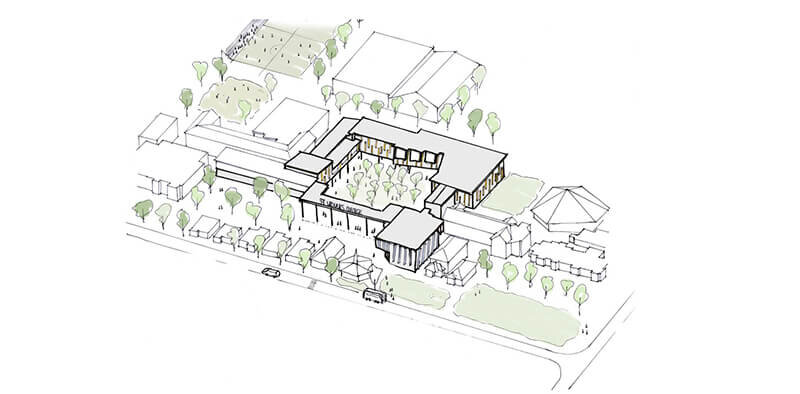Master Plan Reboot
The end of the financial year is an ideal time to examine your school’s building asset portfolio to check whether it’s on track to meet your goals for delivering excellence in education.
The best way to do this is by introducing or reviewing a campus-wide master plan.
A regular appraisal of your facilities via a master plan will ensure that plans to develop are weighted according to your needs. It’s important to not only factor in cost and risk, but to also consider changes to pedagogy and curriculum delivery, and facility standards.
Jayne Harrison, Founder of JDH Architects says,
“Reviewing your master plan regularly is vital if you want to stay on track with your long-term educational goals. We need to ensure that school planning is as flexible and creative as the environments we learn in. Key to this is ensuring that the master plan is not overly dependent on legacy information which may no longer be current.”
She continues,
“With educational needs changing year-to-year, it’s likely that you are either overweight or underweight in certain areas of your school’s facilities. To address this, it’s important to assess what you have and where you are going. A thorough master plan review will help you rectify discrepancies and get results.”
This does not mean that current plans need to be completely changed. However, there are certain pitfalls that schools often fall into with a longstanding master plan that you should be aware of.
Jayne explains,
“Some clients have inherited longstanding attachments when it comes to school redesign. These are often assumed to be valuable if the school is performing very well. Revisiting these ideas allows you to understand why you are doing well, and potentially realign your future plans to build on this why to better understand the key drivers for change to assure optimum success. This ensures a far greater level of return on investment in terms of both cost and educational success.”
If you’re considering a master plan reboot, there are a few significant questions to pose to get the ball rolling.
Q1: Does your current master plan meet your needs and has it delivered the returns you expected?
Q2: Have your educational needs changed and what external factors might come into play in the next two to 10 years that may influence these?
Q3: Do the performance expectations outlined in your master plan match those in your strategic plan and can you apply rigour in measuring the efficacy of these with regard to academic results?
If you’re unable to confidently answer each of these questions then it’s time to rethink and reboot your school’s master plan.
As a general rule, the longer the shelf life of your master plan the greater your risk is to become overly dependent on its current momentum.
If you’d like a master plan reboot or are simply after some free advice on the future potential of your school, please contact JDH Architects for further information.




